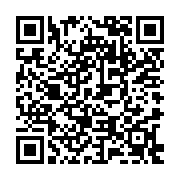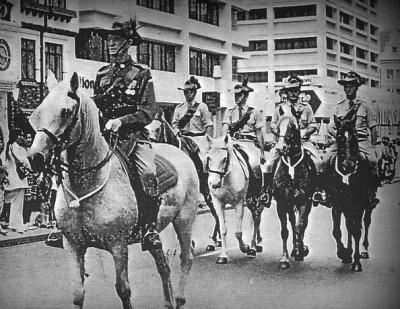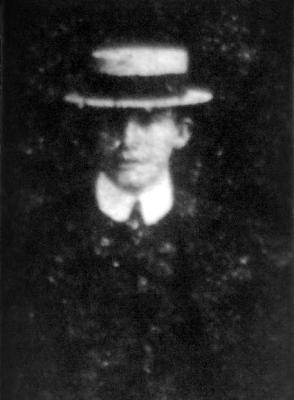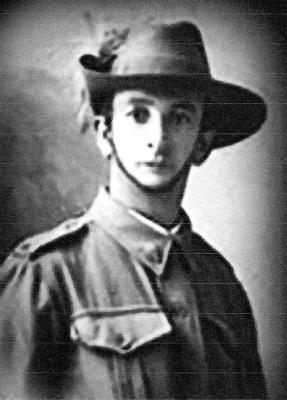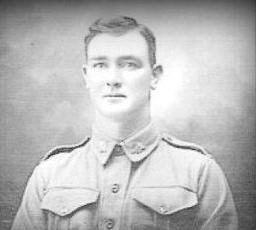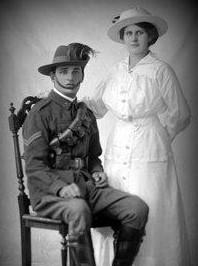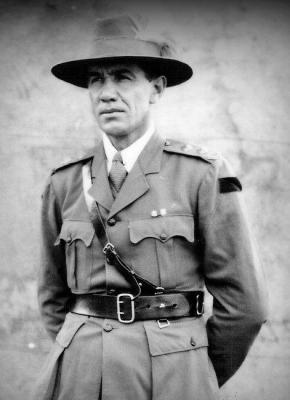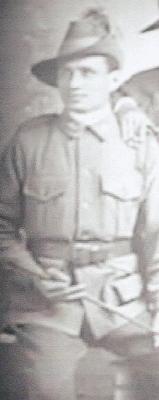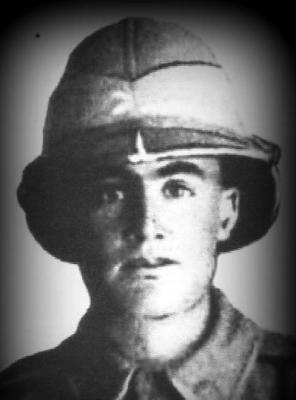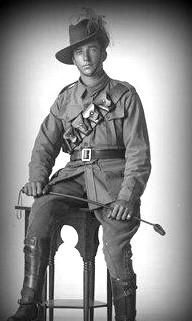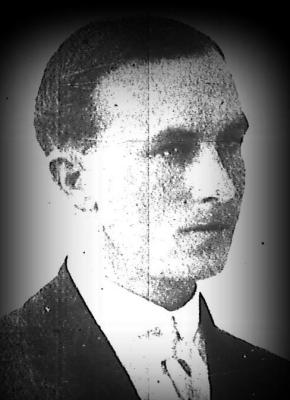World War 1, Australia, Western Australia, 176 FERRIER, 10 Light Horse
Photograph of 176 Corporal Sutton Henry Ferrier, A Squadron, enlisted 9 December 1914, died of wounds received at Hill 60 attack, 9 September 1915.
On St Barbara’s Day 2020, (4 December for non-Gunners) the Governor General announced the award of the Medal for Gallantry to Corporal Sutton Henry Ferrier , 10 Light Horse The Citation reads:
For acts of gallantry in hazardous circumstances during an assault by 10th Light Horse Regiment on Hill 60 at Gallipoli, Turkey, on 29 August 1915.
For many, this award completes the honours due from the successful capture and defence of a trench on Hill 60 over 105 years earlier in August 1915. In the immediate aftermath of the action, 2nd Lieutenant Hugo Throssell was awarded the Victoria Cross, four men were awarded the Distinguished Conduct Medal and eight others received a Mention in Despatches for their gallantry and devotion to duty. Corporal Ferrier was not among this group of awards.
Throssell's troop of 24 men had to consolidate the northern-most section of the trench, which involved erecting sandbag barricades to prevent the Turks bombing their way to recapture the trench. The Light Horsemen also had to repel counter-attacks over the open ground on their left and right flanks. The key personnel were the bomb throwers.
After several hours of heavy fighting, Throssell's party was reduced to himself and five men - Sgt William Henderson, Cpl Sutton "Syd" Ferrier and Troopers Hobart Douglas Firns, Francis McMahon and Tom Stanley. Just before dawn, McMahon was shot through the head. Ferrier then got a bullet and fell, and a short time later Firns was killed. Throssell and Ferrier were wounded. Despite being wounded, 35-year-old Ferrier continued to throw bombs. It was reported that Ferrier threw 500 bombs that night and was trying to throw back a Turkish bomb when it exploded in his hand. The trench was held and Throssell, Ferrier and the other wounded evacuated to a hospital ship where doctors amputated what remained of Ferrier's arm.
The 10 Light Horse Regimental Chaplain, Chaplain Bond wrote a letter to Ferrier's father on September 9, informing him: "He did splendidly and was always bright and cheerful - until a few days ago - and then tetanus set in and he died yesterday evening." Bond went on: "His officer (Throssell) tells me he did splendidly the night he was wounded. He and two others held a trench against a whole horde of Turks - who were bombing them - they held it till long after the rest were wounded or killed, and he went on throwing bombs back, long after he was wounded, and until reinforcements came up. I believe he has been mentioned for conspicuous bravery; I only wish he could have been spared to receive his reward."
10 Light Horse was raised as a squadron, then a regiment in October 1914.and formed part of the 3rd Light Horse Brigade in Egypt. The Regiment served dismounted in Gallipoli and fought at the charge at the Nek on 7 August 1915, and at Hill 60 on 29-30 August. The only Victoria Cross awarded to a Light Horseman recognised the valour of Lieutenant Hugo Throssell at Hill 60.
After Gallipoli the Regiment was bought up to strength to defended Egypt from the Ottoman Army advancing on the Suez Canal. Through 1916 they drove the Turks across the deserts of Sinai, participating in the battles of Romani and Magdhaba.
In 1917 as part of the Desert Column they advanced into Palestine and participated in the bloody battles to break the Gaza-Beersheba line and helped capture Jerusalem. They participated in the Es Salt Raid in May 1918. In August they were equipped with swords and retrained as cavalry. In this role they took part in the rout of the Ottoman army in the Jordan Valley, a campaign the light horse referred to as "The Great Ride". In September the 10th was the first formed regiment to enter Damascus.
Turkey surrendered on 30 October 1918. After the end of the war, the regiment saw action in putting down the Egyptian uprising of 1919. The Regiment was one of the few to return home as a formed unit.
Details
Details
The fighting for Hill 60 (a low rise in the foothills on the north-western end of ANZAC) together with supporting offensive against the W Hills represented the last major Allied offensive operation on the Peninsula. Conceived as an attempt to consolidate the narrow strip of foreshore connecting British forces at Suvla and established positions at ANZAC. The first unsuccessful attempt to seize Hill 60 on 21 August was hastily planned and poorly arranged; a further attack on 27 August was the prelude for 3 days of intense fighting during which objectives were taken, lost and retaken. British, New Zealand and Australian units (18th Battalion, 9th and 10th Light Horse and composite group from Monash's 4th Brigade) failed to secure the crest, and the costly attacks were called off on 29 August as a tenuous junction had been attained with the Suvla forces.
This photograph is part of the extensive Phil Sullivan 10th Light Horse Collection donated to the Army Museum in November 2023.
Open in Google Maps
Nearest geotagged records:
- World War 1, Australia, Western Australia, 307 MASON, 10 Light Horse (0km away)
- Not Forgotten, 147 Trooper William John SNUDDEN, 10 Light Horse AIF, World War 1 (0km away)
- World War 1, Australia, Western Australia, 337 RUWOLDT, 10 Light Horse (0km away)
- World War 1, Australia, Western Australia, 390 DALLING, 10 Light Horse (0km away)
- World War 1, Australia, Western Australia, 613 DACK, 10 Light Horse (0km away)
- World War 1, Australia, Western Australia, 125 McRAE, 10 Light Horse (0km away)
- World War 1, Australia, Western Australia, 535 McLEAN, 10 Light Horse (0km away)
- World War 1, Australia, Western Australia,157 SHEPHERD , 10 Light Horse (0km away)
- World War 1, Australia, Western Australia, PIESSE, 10 Light Horse (0km away)
- World War 1, Australia, Western Australia, 728 HAHN, 10 Light Horse (0km away)
Australian Army Museum of Western Australia
Australian Army Museum of Western Australia
More items like this
Other items from Australian Army Museum of Western Australia
- World War 1, Australia, Western Australia, 172 BAIN, 10 Light Horse
- World War 1, Australia, Western Australia, 170 McALIECE10 Light Horse
- World War 1, Australia, Western Australia, 167 LINDELL, 10 Light Horse
- World War 1, Australia, Western Australia, 166 DOUST, 10 Light Horse
- World War 1, Australia, Western Australia, 165 BURGES, 10 Light Horse
- World War 1, Australia, Western Australia, 162 SPARKS , 10 Light Horse
- World War 1, Australia, Western Australia, 160 LYALL , 10 Light Horse
- World War 1, Australia, Western Australia,157 SHEPHERD , 10 Light Horse
- World War 1, Australia, Western Australia, 156 HACKETT , 10 Light Horse
- World War 1, Australia, Western Australia, 155 WETHERALL, 10 Light Horse
- World War 1, Australia, Western Australia, 153 EYRE, 10 Light Horse
- World War 1, Australia, Western Australia, 152 RUSH, 10 Light Horse
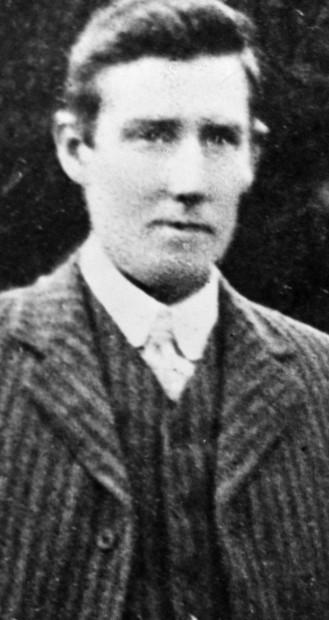
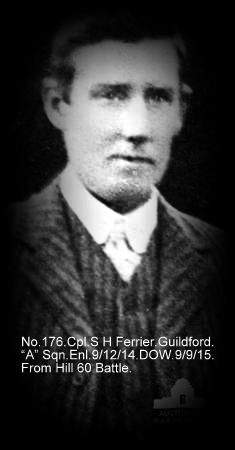
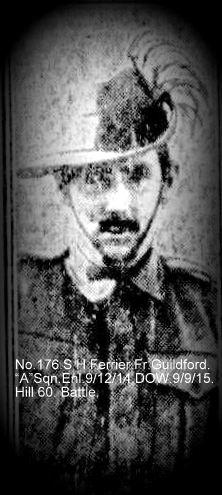
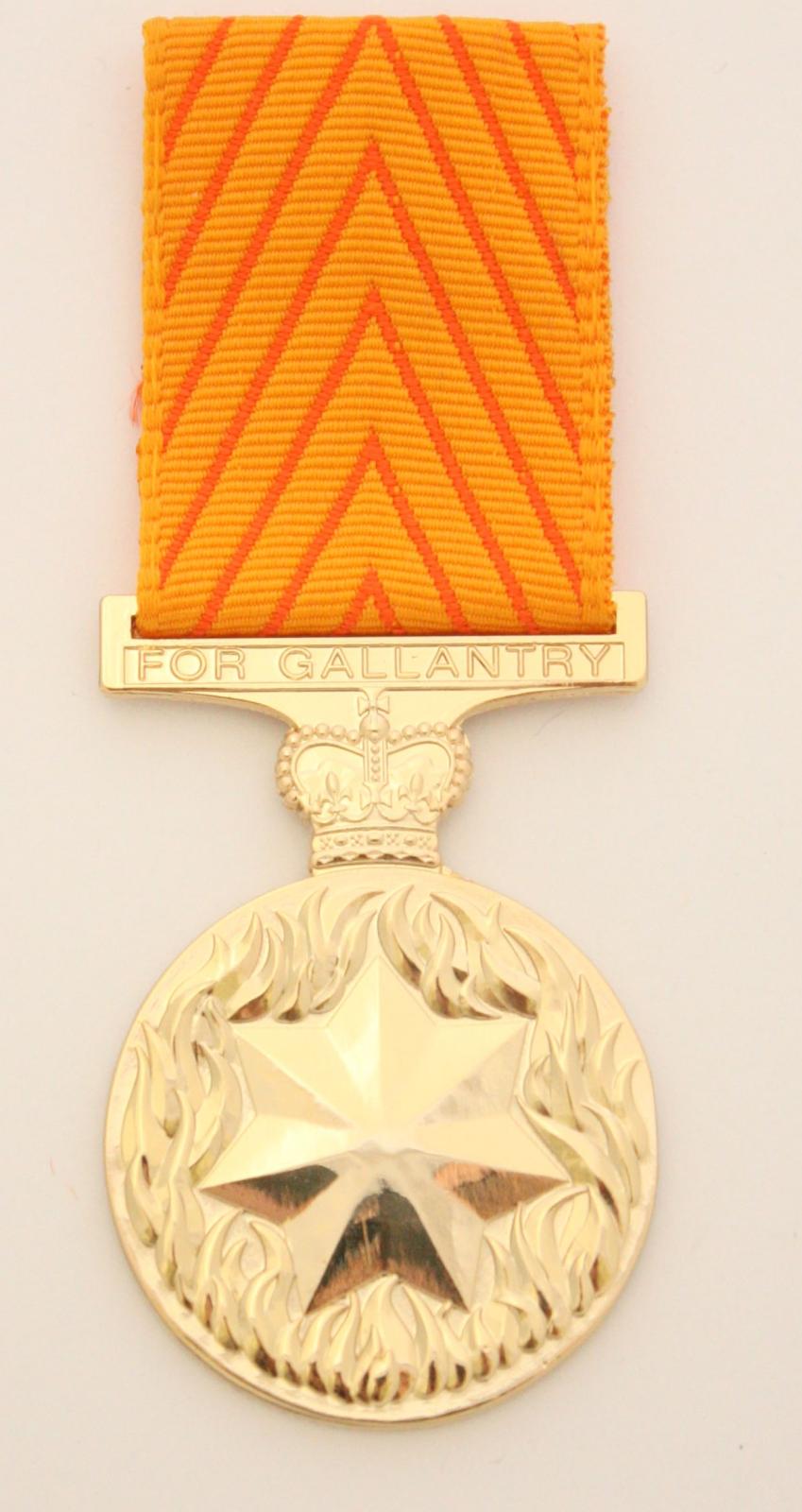
Scan this QR code to open this page on your phone ->
